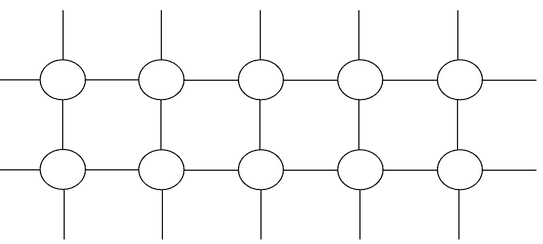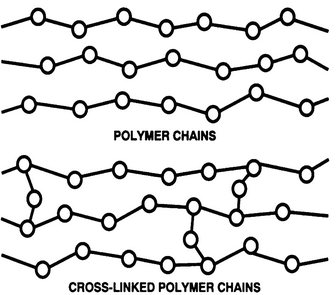Synthetic fibers
Synthetic Fibre of Class 8
SYNTHETIC FIBERS
Synthesis means to make and synthetic means man-made, so man-made fibers are called synthetic fibers. Synthetic fibers are the result of extensive research by scientists to improve on naturally occurring animal and plant fibers. All synthetic fibers are man-made fibers that are prepared by a number of processes using raw material of petroleum origin, called petrochemicals.
A synthetic fiber is also a chain of small units joined together. Each small unit is actually a chemical substance called ‘Monomer’. The word 'monomer' comes from two Greek words: 'mono' meaning 'one' and 'mer' meaning 'unit'. So a monomer is a simple unit of a given chemical molecule.

For example, the polymer of natural fiber cotton is called cellulose. It is made of long chain of monomers of glucose.
However, in all natural fibers, the monomers joins in a large number to form a long chain of molecules called polymer. The word 'polymer' comes from two Greek words: 'poly' meaning 'many' and 'mer' meaning 'unit'. So, a polymer contains molecules of the same substance joined together to form a long chain or a bigger molecule.

Although there are several different synthetic fibers, they generally have the same common properties. Generally, they are known for being:
-
Heat-sensitive
-
Resistant to most duck
-
Resistant to insects, fungi and rot
-
Low moisture absorbency
-
Electrostatic
-
Flame resistant
-
Density or specific gravity
-
Pilling









